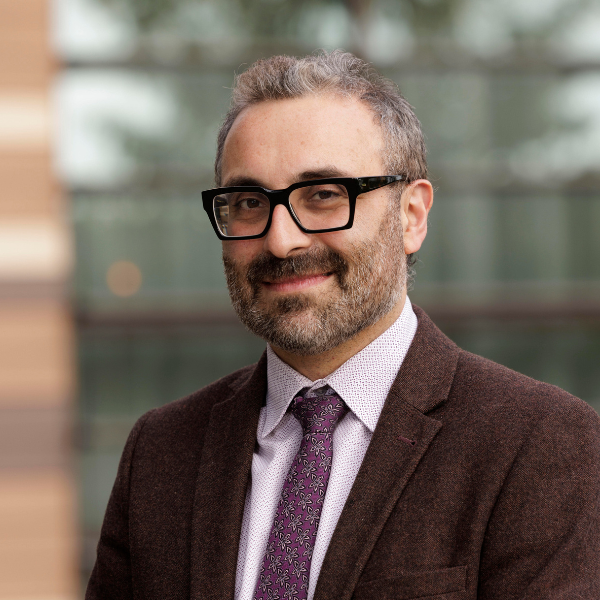
While this year’s university admissions may have attracted more attention and criticism than usual, in other ways the discussion has continued a longstanding narrowing of concern: on who gets through the doors or gates of our universities, and less on what happens to young people when they’re at university.
If we’re serious about social mobility, we’ve got to focus not just on ‘getting in’ but on ‘getting on’. What we know suggests that some students have less positive experiences and outcomes than others. For example, research shows that students from lower socio-economic backgrounds are more likely to drop out than their more advantaged peers. Furthermore, there are significant inequalities in the proportion of Black, Asian and Minority Ethnic (BAME) students being awarded a ‘good’ degree, with the gap largest among those getting a ‘first’. Mature learners are another group whose experiences at university fall short of their expectations.
There’s increasing recognition that we’ve got to do more to tackle inequalities in who applies to university, and that existing measures don’t go far enough. But when it comes to tackling inequalities once people are on campus, there is much less work. In addition to supporting students with better information or advice, we also need to see universities thinking about their cultures and their policies. Are they doing enough to ensure disabled students can participate not just in classrooms but in the wide range of student life, and in terms of benefitting from any opportunities in working with employers?
Earlier this autumn we heard that working class students in Durham University were being treated with disdain by their peers just because of the way they spoke. This kind of prejudice is likely to have effects not just on whether students feel they belong at university, but on their success and enjoyment, and ultimately on their grades and labour market outcomes. There’s also a question of how far universities are addressing divisions in our society between graduates and non-graduates, and how to ensure the high-minded ideals of universal higher education are realised for young (and not-so-young) people of all backgrounds.
There is increasing evidence that universities are addressing the gaps in the student experience – for example the various interventions the Office for Students has recently assessed in its Addressing Barriers to Student Success report. However, as shown by the regulator’s recent announcement on raising the quality of standards in higher education – particularly for students from disadvantaged or underrepresented groups – there is much more work to be done this space.
With fees exceeding £9,000, students will rightly ask questions about the quality and nature of their student experience, and not just when a pandemic disrupts both their learning and their social environment.
Right now, we don’t have good evidence about what works to improve the student experience, and in particular to close equality gaps between students. My organisation, TASO, will be consider a range of issues from mature learners to race equality gaps in degree outcomes to promoting policies that effectively tackle these gaps.
As with all institutions in Britain, higher education providers still have some way to go to address access issues, even as more disadvantaged students than ever before are enrolling in higher education. Yet ensuring more students get through the door doesn’t guarantee that those students will belong and thrive once they’re in the classroom or residence hall. What happens in universities and colleges is equally important if Britain is to ensure every student has the opportunity to benefit equally from higher education, for their sake, and for levelling up and improving Britain’s society more generally.
- Download TASO’s latest report: Understanding the impact of interventions to address inequality in the student experience